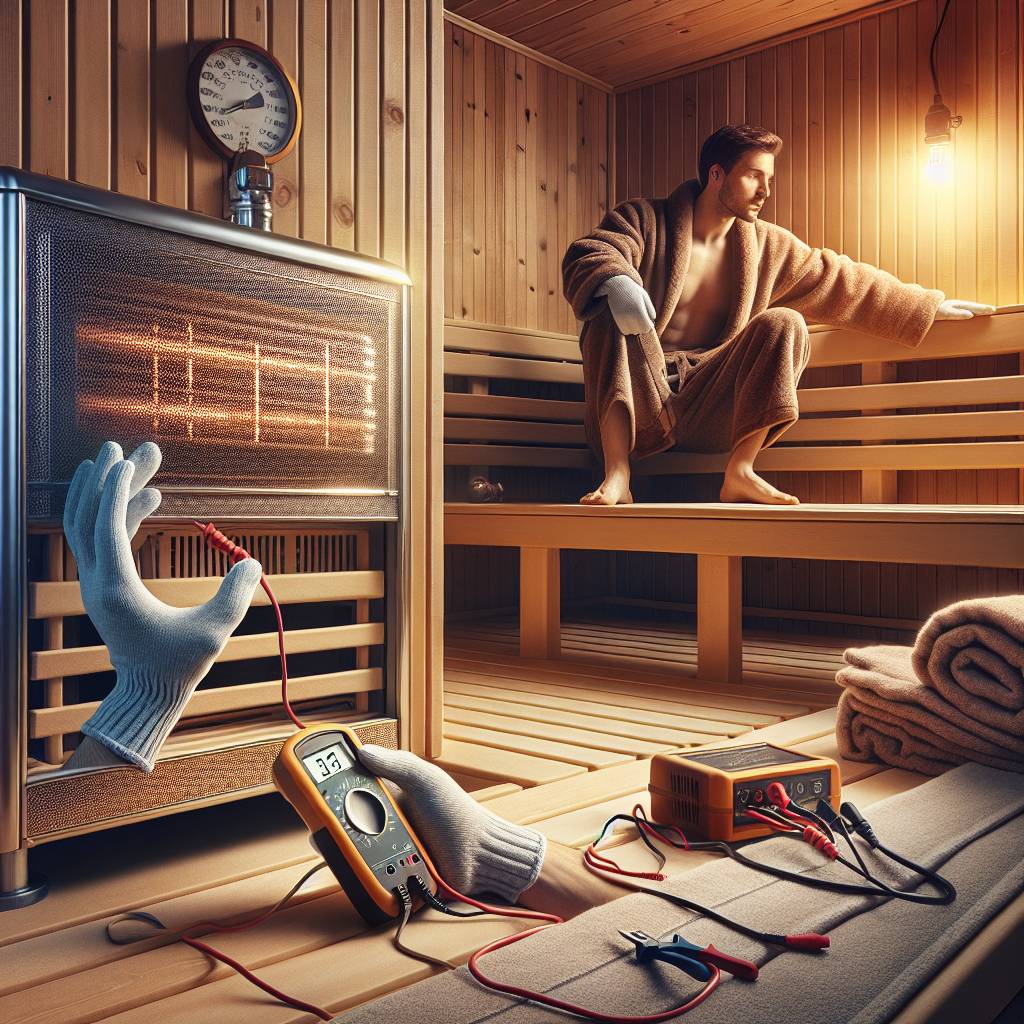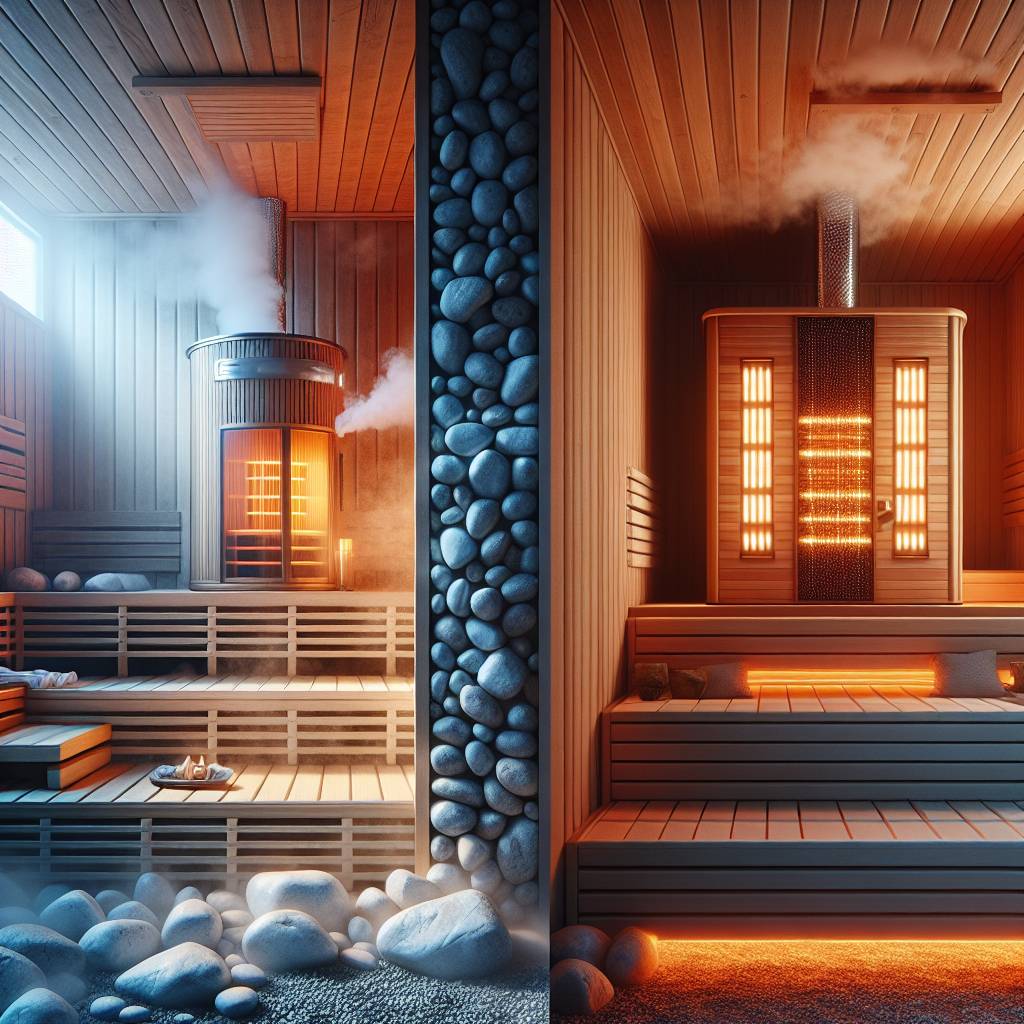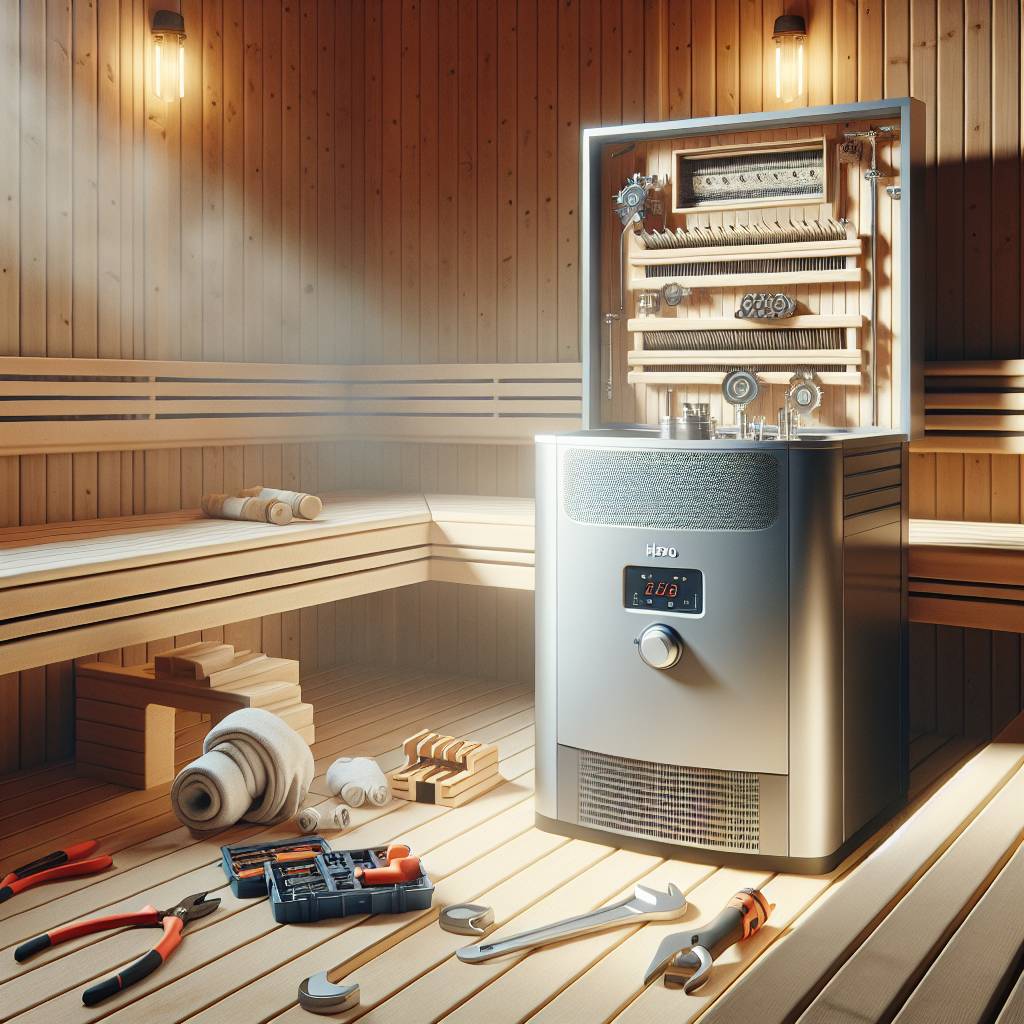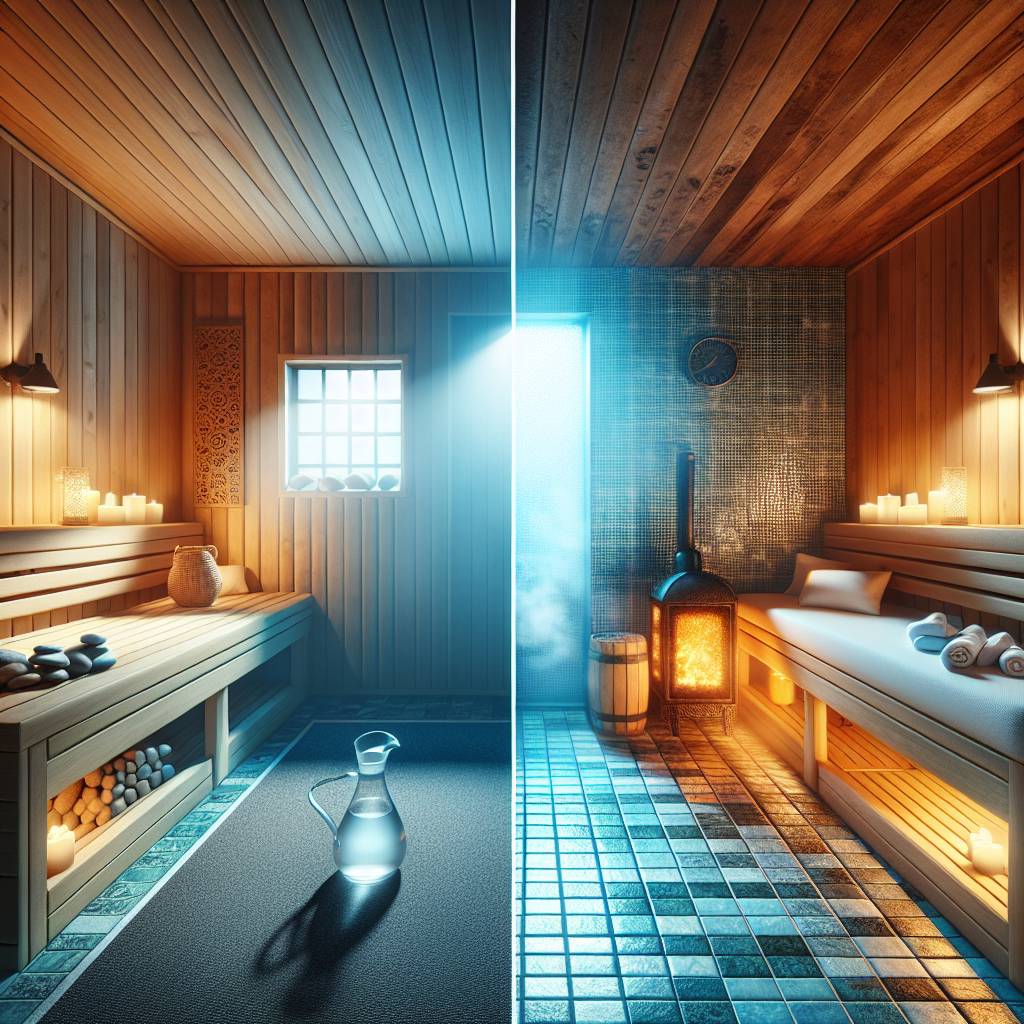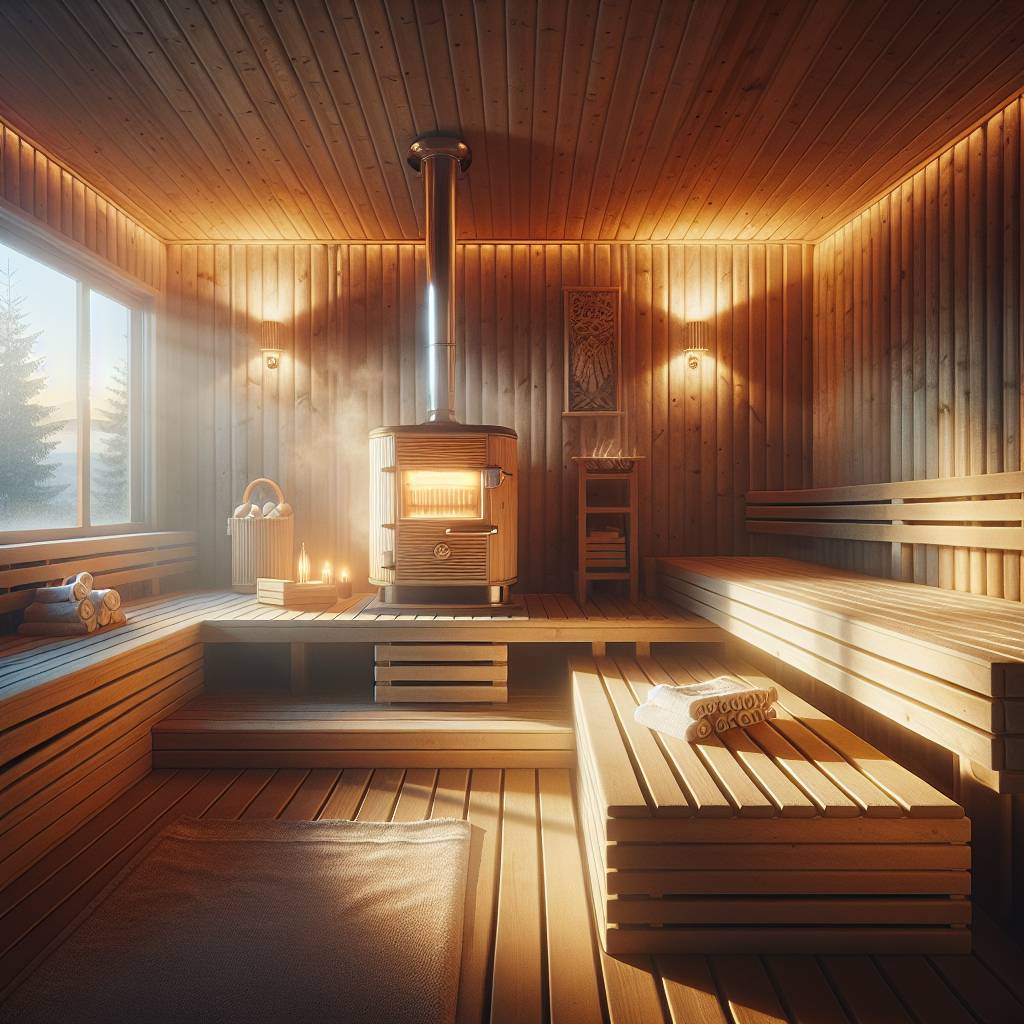Did you know that up to 80% of sauna problems stem from a handful of common issues? Whether it’s uneven heating, faulty controls, or mysterious leaks, dealing with sauna malfunctions can be frustrating. In this guide, we’ll unravel the mysteries behind these pesky common sauna maintenance issues and equip you with the knowledge to tackle them head-on. Say goodbye to sauna stress and hello to smooth, relaxing sessions once more. From troubleshooting heating elements to addressing electrical glitches, we’ve got you covered. Get ready to restore your sauna to its full glory and enjoy a rejuvenating experience every time you step inside.
Key Takeaways
- Regularly check and maintain your sauna heater to prevent common heating issues like uneven temperature or failure to heat up properly.
- When facing power supply problems in your sauna, inspect the circuit breaker, wiring, and outlets to identify and resolve any issues promptly.
- Understand the different components of your sauna heater such as the thermostat, heating elements, and sensors to troubleshoot and replace them if necessary.
- Ensure proper ventilation in your sauna by cleaning air vents, checking the fan operation, and removing any obstructions to maintain air circulation.
- Address structural issues like cracks, gaps, or insulation problems promptly to prevent heat loss and maintain the efficiency of your sauna.
- Before deciding on repairing your sauna, consider the cost of replacement parts, professional services, and overall maintenance to make an informed decision.
Understanding Sauna Heating Issues
Common Problems Overview
Understanding common sauna issues is crucial for every sauna owner. It helps in efficient troubleshooting and maintaining a safe sauna experience. By being aware of the typical problems, owners can address them promptly.
Knowing the common problems enables owners to take preventive measures and avoid costly repairs. From sauna heater malfunctions to temperature control issues, awareness leads to a smoother sauna experience. Regularly checking for these problems ensures a seamless sauna session.
Identifying the Cause
Identifying the root cause of sauna issues is key to effective troubleshooting. Pinpointing specific problems such as a faulty heating element or malfunctioning controls is essential. Addressing these causes promptly can prevent further damage and ensure a longer lifespan for your sauna.
To troubleshoot effectively, start by checking the sauna heating element and the temperature controller. Look for any signs of wear and tear or loose connections. By understanding the cause, owners can take necessary steps to fix the issue promptly, ensuring uninterrupted sauna sessions.
Importance of Maintenance
Regular maintenance plays a vital role in preventing common sauna issues. It involves cleaning the sauna, checking for loose connections, and ensuring proper ventilation. These simple maintenance tasks can significantly extend the lifespan of your sauna and provide a comfortable sauna experience.
Maintenance not only prevents issues but also enhances safety during sauna sessions. By keeping your sauna well-maintained, you can enjoy relaxing sessions without worrying about sudden malfunctions. A well-maintained sauna also ensures that it operates at its optimal performance level.
Diagnosing Power Supply Issues
Circuit Breaker Check
To diagnose power supply issues in your sauna, start by checking the circuit breaker. A tripped circuit breaker can disrupt the power flow to the sauna, leading to heating problems. To check for a tripped circuit breaker, locate the breaker panel and look for any switches that are not in the “on” position.
If the circuit breaker is tripped, it can prevent the heater from receiving power, resulting in inadequate heating inside the sauna. Resetting a tripped circuit breaker involves flipping the switch to the “off” position and then back to the “on” position. This simple step can often resolve power supply issues and restore proper functionality to your sauna.
Inspecting Heater Location
The heater’s location plays a crucial role in ensuring efficient heating within the sauna. Placing the heater in an optimal position allows for even distribution of heat throughout the sauna space. Common mistakes in heater placement include positioning it too close to walls or benches, which can hinder heat circulation.
To optimize the heater’s position, consider placing it in a central location within the sauna to achieve maximum heat coverage. Ensure that there are no obstructions blocking the heat flow and that the heater is at a safe distance from any combustible materials. By strategically placing the heater, you can enhance the overall performance of your sauna.
Dealing with Blown Fuses
Blown fuses can significantly impact the functionality of your sauna by interrupting the power supply to essential components. When faced with blown fuses, it is essential to address them promptly to avoid further damage. To replace blown fuses, first, disconnect the power supply to the sauna to ensure safety.
Replacing blown fuses involves identifying the faulty fuse, removing it carefully, and replacing it with a new one of the same amperage rating. It is crucial to follow safety precautions when handling electrical components to prevent accidents or damage to the sauna system. By addressing blown fuses promptly and correctly, you can maintain optimal performance in your sauna.
Troubleshooting Heater Components
Thermostat Malfunction
A malfunctioning thermostat in a sauna can lead to inconsistent temperatures and discomfort during sauna sessions. Signs of a faulty thermostat include the sauna not reaching the desired heat level or overheating beyond set temperatures. To troubleshoot, check if the thermostat is correctly set and calibrated. Ensure that the wiring connections are secure and free of any damage.
Inspect the thermostat for any visible signs of wear or corrosion, as these issues can affect its accuracy. If troubleshooting does not resolve the problem, consider replacing the thermostat to restore optimal temperature control in the sauna.
Heating Elements Damage
Damaged heating elements can significantly impact the effectiveness of a sauna’s heating system. Signs of damaged heating elements include uneven heating, prolonged heating times, or no heat output at all. To address this issue, start by inspecting the heating elements for any visible signs of damage such as cracks or discoloration.
If damage is detected, it is crucial to replace the heating elements promptly to ensure efficient heat distribution in the sauna. Regular maintenance, such as cleaning the heating elements and ensuring proper ventilation around them, can help prevent future issues and extend their lifespan.
Fixing Control Switch
A broken heater control switch can pose safety risks and disrupt the functionality of a sauna. When diagnosing a faulty control switch, check for signs such as unresponsive controls or erratic temperature adjustments. To fix this issue, start by examining the switch for loose connections or physical damage.
Ensure that the control switch is securely connected to the power supply and that all components are functioning correctly. Depending on the extent of the damage, consider repairing the control switch if minor issues are found. However, if significant damage is present or safety concerns arise, it may be necessary to replace the control switch entirely.
Addressing Ventilation Problems
Clearing Air Vents
Proper ventilation in a sauna is crucial for a safe and enjoyable experience. Clear air vents ensure efficient airflow, preventing heat buildup. To maintain clear air vents, start by removing dust and debris using a vacuum or a soft brush. Then, wipe the vents with a damp cloth to eliminate any remaining particles. Clogged air vents can lead to poor air quality in the sauna, causing discomfort and potential health risks.
Enhancing Air Circulation
Good air circulation is essential in a sauna to distribute heat evenly and maintain a comfortable environment. To enhance air circulation, keep the door slightly open during use to allow fresh air to enter. install a small fan to improve airflow within the sauna. Proper ventilation not only ensures a pleasant sauna experience but also helps prevent overheating, promoting safety and relaxation.
Preventing Mildew Buildup
Mildew buildup in saunas poses health risks and can affect the longevity of the sauna materials. To prevent mildew growth, ensure proper ventilation to reduce humidity levels inside the sauna. Regularly clean and disinfect all surfaces, including benches and walls, to eliminate any existing mold spores. Maintaining a dry environment through adequate ventilation and routine cleaning is key to preventing mildew in saunas.
Structural and Insulation Concerns
Fixing Cracked Tiles
Identifying cracked tiles in a sauna is crucial for maintenance. These cracks can lead to water seepage, affecting both aesthetics and functionality. Repair cracked tiles promptly to prevent further damage.
Maintaining sauna tiles involves regular inspection and cleaning. Use appropriate sealants to fix cracks and prevent water infiltration. Proper maintenance can extend the lifespan of your sauna tiles.
Resolving Door Seal Issues
A tight door seal is essential for sauna efficiency. Common door seal issues include gaps or wear over time. To fix these issues, replace worn seals and adjust hinges for a snug fit.
Improving the door seal enhances heat retention in the sauna. This not only ensures a comfortable experience but also reduces energy consumption. A well-sealed door contributes to efficient heating in the sauna.
Leaking Roof Solutions
A leaking roof in a sauna can lead to water damage and mold growth. Address leaks promptly to prevent structural damage and health hazards. Repair roof leaks using waterproof sealants or professional assistance.
To prevent roof leaks, inspect the roof regularly for any signs of damage. Ensure proper drainage to avoid water accumulation on the roof. Timely repairs and preventive measures are key to maintaining a leak-free sauna.
Insulation Efficiency Tips
Enhancing insulation efficiency in your sauna is vital for heat retention and energy savings. Use quality insulation materials to minimize heat loss and improve overall performance. Proper insulation ensures consistent temperatures inside the sauna.
Benefits of effective insulation include reduced energy costs and improved comfort during sauna sessions. Upgrade insulation if needed to optimize energy efficiency and create a cozy sauna environment.
Cost of Repairing a Sauna
Overview of Repair Costs
Repair costs for saunas can vary based on several factors, such as the type of sauna, its age, and the extent of the damage. Estimates suggest that fixing common sauna issues like heating element malfunctions can range from $200 to $600. It’s crucial to consider these costs when planning your sauna maintenance budget.
Sauna repairs may also include addressing issues with the control panel, lighting, or even the sauna door. These repairs can add up, costing anywhere from $100 to $500 depending on the severity of the problem. Regular maintenance can help prevent costly repairs in the long run.
Refurbishing Benefits
Refurbishing your sauna offers numerous benefits, including enhanced safety and improved aesthetics. By refurbishing, you can address structural concerns like insulation problems highlighted in the previous section, ensuring a safe and efficient sauna experience.
Moreover, refurbishing can breathe new life into your sauna, making it more visually appealing and inviting. This not only improves your personal enjoyment but also increases the value of your home if you have an indoor sauna or outdoor sauna setup.
Refurbishment also plays a vital role in extending the lifespan of your sauna. By addressing any wear and tear promptly, you can prevent further damage and ensure that your sauna remains functional for years to come. It’s a worthwhile investment in both comfort and property value.
Closing Thoughts
You’ve now delved into the depths of sauna troubleshooting, from heating issues to ventilation problems. By understanding these common concerns and how to address them, you’re better equipped to keep your sauna in top condition. Remember, regular maintenance and prompt attention to any issues can prolong the life of your sauna and ensure optimal performance. If you encounter any challenges beyond your expertise, don’t hesitate to seek professional help to prevent further damage. Your dedication to maintaining your sauna will pay off in extended enjoyment and relaxation for years to come.
Frequently Asked Questions
What are common sauna heating issues?
Sauna heating issues can be caused by faulty thermostats, heating elements, or inadequate power supply. Proper maintenance and regular inspection can help prevent these problems.
How can I diagnose power supply issues in my sauna?
Check for tripped circuit breakers, loose connections, or voltage fluctuations in the power supply. Ensure the sauna is connected to a dedicated circuit to avoid overloading and ensure consistent power flow.
What are some common heater components that may need troubleshooting?
Heater components like heating elements, thermoregulators, and temperature sensors are often involved in sauna heating problems. Regularly check these components for wear and tear to maintain optimal performance.
Why is addressing ventilation problems crucial for a sauna?
Proper ventilation ensures air circulation and prevents overheating inside the sauna. Clogged vents or inadequate airflow can lead to discomfort and potentially unsafe conditions for users.
How important are structural and insulation concerns for saunas?
Structural integrity and proper insulation are essential for maintaining heat efficiency in a sauna. Leaks or poor insulation can result in heat loss, increased energy consumption, and compromised sauna experience.
What factors determine the cost of repairing a sauna?
The cost of repairing a sauna depends on the extent of the issue, replacement parts needed, labor costs, and the expertise of the technician. Regular maintenance can help minimize repair costs in the long run.
